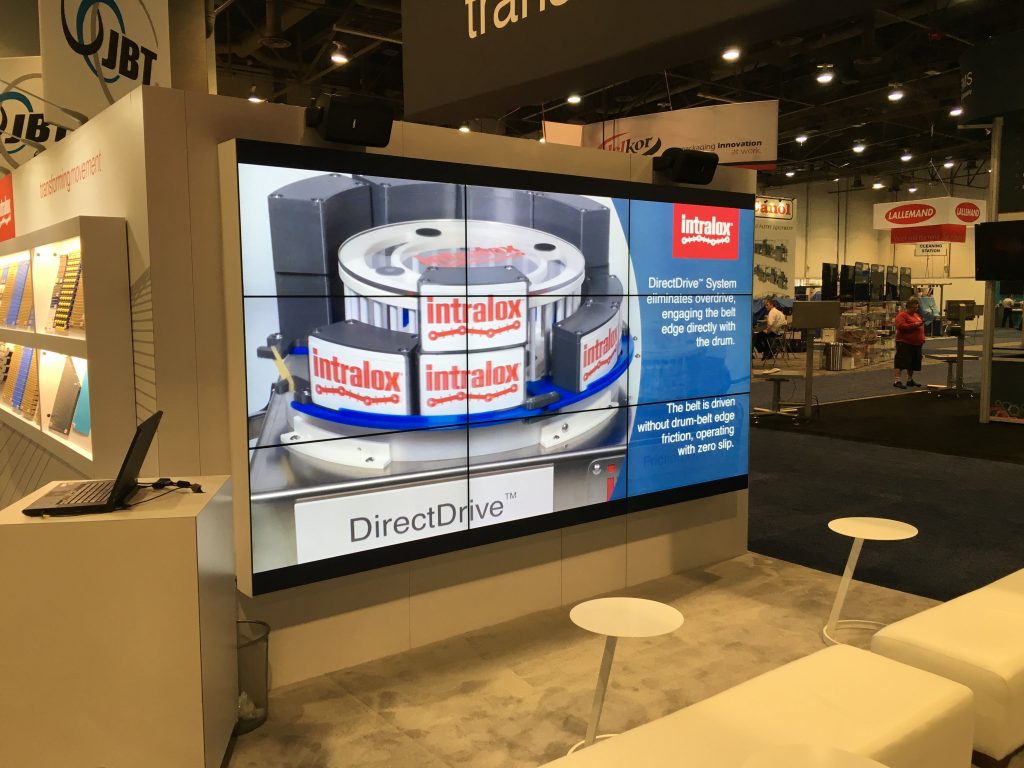Color consistency in LED wall screens is essential for attaining maximum visual output. LED wall panels are widely used in various settings, including concerts, meetings, and promotional displays. When the colors on these panels are uniform, they create a more captivating and enveloping experience for viewers. Several key elements affect hue uniformity, including the quality of the light-emitting diode elements, tuning processes, and environmental conditions.
The caliber of the LED components plays a major role in color uniformity. Various types of light-emitting diodes emit light at different wavelengths, which can affect the total color result. Premium light-emitting diodes are designed to generate a more uniform light spectrum, resulting in improved hue precision. Additionally, the manufacturing method of these light-emitting diodes can impact their functionality. Screens made with superior materials and technology tend to have less color differences, guaranteeing that the shown pictures and footage look lively and faithful to life.

Calibration is another essential factor in maintaining color consistency in light-emitting diode wall panels. Calibration entails modifying the settings of the screen to make certain that the colors displayed align the intended appearance. This process can consist of adjusting brightness, contrast, and hue equilibrium. Regular calibration is essential, especially in environments where illumination factors change frequently. By calibrating the screens, specialists can fix any inconsistencies in color output, resulting to a more consistent viewing experience.
Surrounding factors also affect hue consistency in light-emitting diode wall screens. Factors such as ambient light, heat, and moisture can affect how colors are perceived. For example, intense surrounding light can wash out colors, making them look more vibrant. Similarly, extreme temperatures can influence the functionality of the LEDs, resulting to hue shifts. To reduce these problems, it is crucial to install LED wall panels in managed settings where lighting and temperature can be managed efficiently.
Lastly, the design and arrangement of the light-emitting diode wall screens can impact hue consistency. The configuration of the panels, as well as the distance from which they are viewed, can create differences in hue recognition. When panels are placed too far apart or at different positions, audiences may detect inconsistencies look here in color. To obtain the best visual performance, it is important to take into account the positioning and arrangement of the screens during setup. By addressing these elements, users can guarantee that their light-emitting diode wall panels provide a uniform and superior visual experience.
Comments on “Exploring the Key Elements That Affect Color Uniformity in LED Panel Screens for Optimal Display Performance”